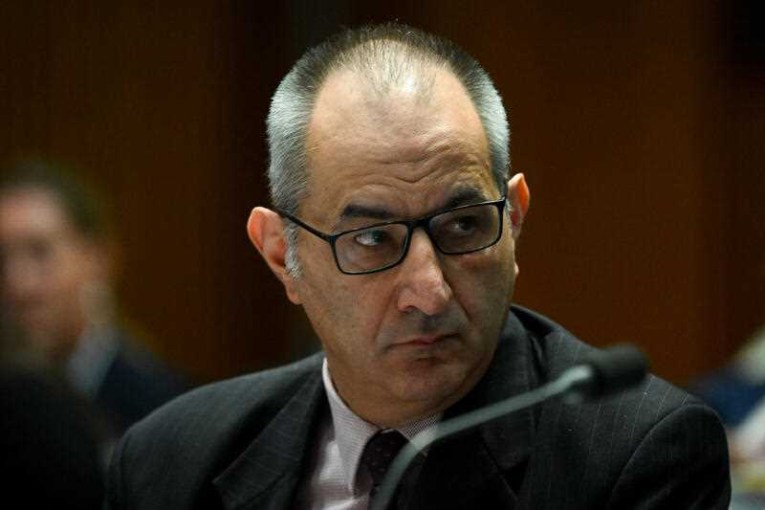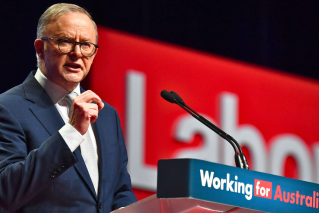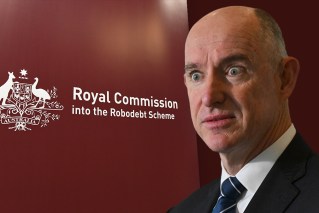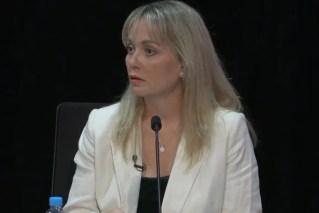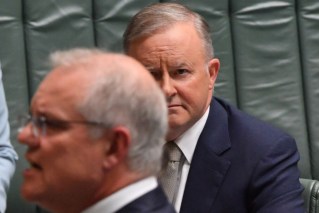Election 2022: How Labor and the Coalition stack up on the key issues

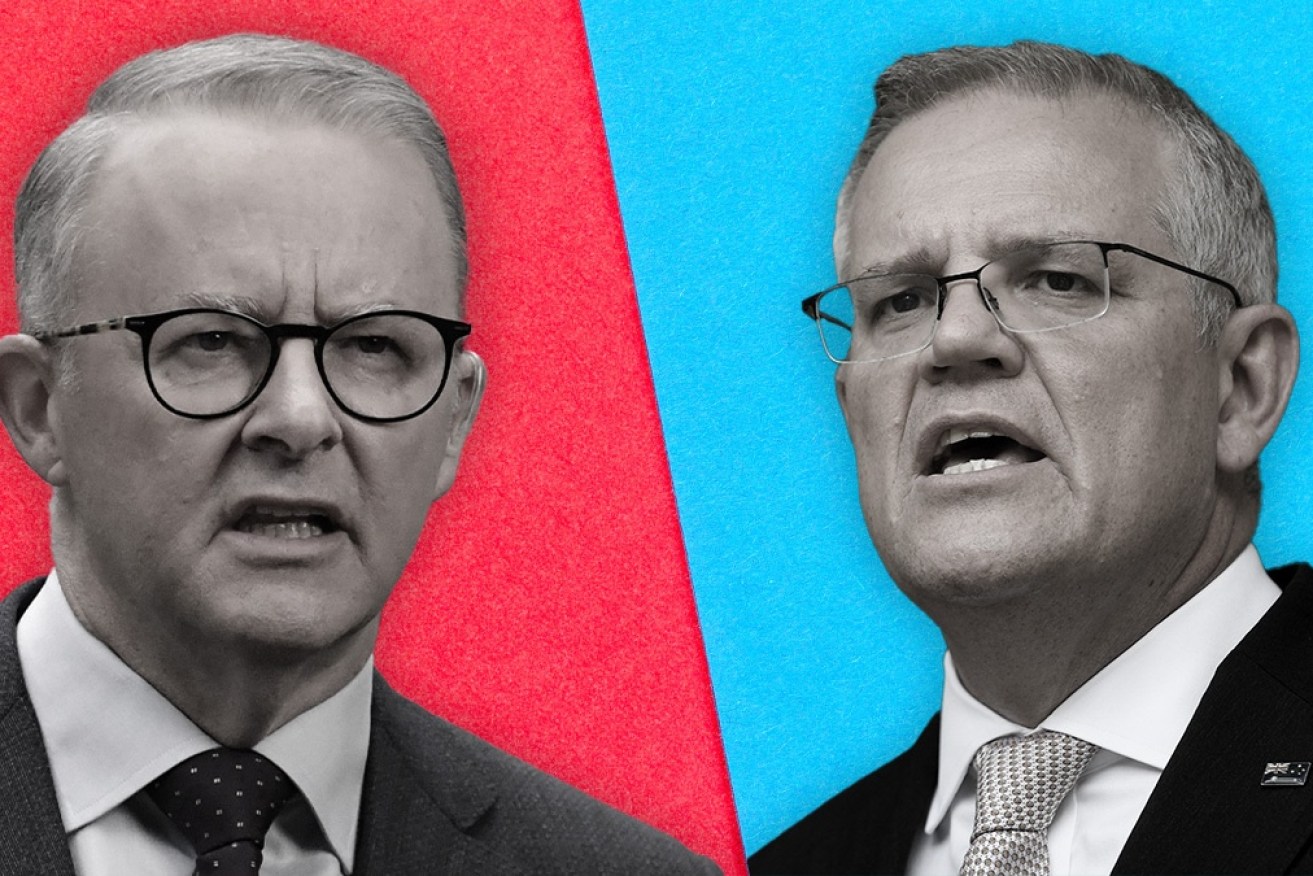
The election has been called. Here's how the parties are dealing with key issues. Photo: TND
The official election campaign only started on Sunday, but both leaders have already come under heavy fire.
Alan Tudge once again caused issues for the Prime Minister, while the Opposition Leader gave the Liberal Party plenty of ammunition by failing to state the current RBA cash rate and national jobless rate.
But what actually sets the major parties apart when it comes to policies?
The New Daily has compared their approaches to the climate crisis, cost-of-living pressures, aged care and national security.
Below is a non-exhaustive, head-to-head comparison.
The issue: The world is facing catastrophic climate change without urgent efforts to ditch fossil fuels and drastically reduce carbon emissions. Australia is a major exporter of fossil fuels and has been criticised on the world stage for being a laggard on climate action.
The Coalition
- Aims to cut emissions by 26 to 28 per cent below 2005 levels by 2030 and to achieve net-zero emissions by 2050
- Has outlined a “gas-fired recovery” from the pandemic, investing hundreds of millions of dollars in fossil fuel projects, including $600 million to build a gas power plant in NSW
- Attributes more than 30 per cent of its net-zero 2050 plan to offsets and unspecified technological “trends” and “breakthroughs”
- Plans to allow the continued export of fossil fuels, such as coal and gas, beyond 2050
- Claims its net-zero plan will make Australians $2000 better off on average, relative to no action, and generate more than 62,000 new jobs in regional areas
- The government’s 2050 plan is detailed here.
Labor
- Aims to cut emissions by 43 per cent below 2005 levels by 2030 and to achieve net-zero emissions by 2050
- Claims its 2030 plan will create 604,000 jobs and spur $76 billion of new investment
- Has backed ongoing fossil fuel exports, with Opposition Leader Anthony Albanese saying “exporting resources will always be important to Australia’s economy”. Labor will provide “tailored treatment” to emissions-intensive export industries to ensure they remain competitive as demand falls
- Labor’s 2030 plan is detailed here.
The issue: The Australian economy has emerged from the pandemic with rising inflation pushing up the price of food, electricity and petrol much faster than it is pushing up wages. This has put many household budgets under pressure.
The Coalition
- Unveiled an $8.6 billion cost-of-living package in the budget, which halved the fuel excise for six months, handed out one-off $250 payments to income-support recipients, and added $420 to the low-and-middle-income tax offset in 2021-22
- Passed tax cuts worth $40 billion since the start of COVID-19, according to the Treasury
- Raised childcare subsidies to a maximum of 95 per cent for families who have more than one child in care and earn up to $354,000 in annual income. Families can only claim the higher rate for one child per family (outside combined families)
- Argues it is supporting higher incomes for workers by encouraging a “strong economy”.
Labor
- Supported the entirety of the government’s $8.6 billion cost-of-living package
- Will retain the government’s childcare reforms and spend an additional $5.4 billion lifting subsidy rates for families with their first child in care to 90 per cent. Eligibility will extend to families earning up to $530,000 per year
- Pledged to boost wages growth by addressing issues such as insecure work and advocating for higher minimum wages through the Fair Work Commission.
The issue: The Aged Care Royal Commission found standards of care across the industry are atrocious and years of underfunding has created a huge staffing crisis. Workers are underpaid and overworked.
The Coalition
- Lifted funding for aged care by $18.8 billion through 2025-26 to implement Royal Commission reforms
- Agreed to lift minimum care standards to 200 minutes a day, ensuring nurses are available 16 hours daily
- Will “respect” any Fair Work Commission decision about higher wages for aged-care workers
- Will fund an expansion of home care, including an additional 13,000 workers over two years.
Labor
- Will match the government’s $18.8 billion funding boost for aged care and add $2.5 billion on top of this
- Will lift minimum care standards to 215 minutes a day, ensuring nurses are available 24 hours daily
- Will improve food and nutrition standards across the sector by introducing new regulations
- Will advocate a wage rise for aged-care workers through the FWC and will fund the outcome
- Will place a cap on home care administration and management fees.
The issue: The war in Ukraine and escalating tensions with China have changed the geopolitical outlook for Australia, with both parties committing to an increase in defence spending.
The Coalition
- Has lifted defence spending above 2 per cent of GDP ($48 billion in 2022-23) and will further lift spending levels to $575 billion over the next decade
- Signed a new defence pact with the UK and US (AUKUS) that will provide access to nuclear submarines, missiles and guided weapons manufacturing capabilities
- The nuclear subs are due to be operational by the mid-2030s, although the government claims they may come online sooner. They could cost taxpayers more than $170 billion, third-party estimates suggest
- Will increase Australia’s defence workforce by 18,500 people by 2039-40
- Has outlined $9.9 billion in funding over the next decade for new cyber security and intelligence capabilities
Labor
- Will maintain defence spending above 2 per cent of GDP and beyond, including bipartisan support for the defence and cyber security funding in the 2022-23 budget
- Has supported the AUKUS agreement, including the acquisition of nuclear subs
- Has criticised the lengthy time horizon for the delivery of nuclear subs, and has pledged to spend taxpayer money on defence more effectively than the Coalition government.




